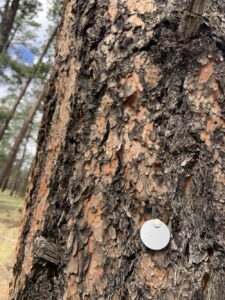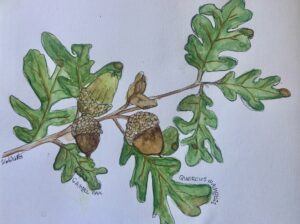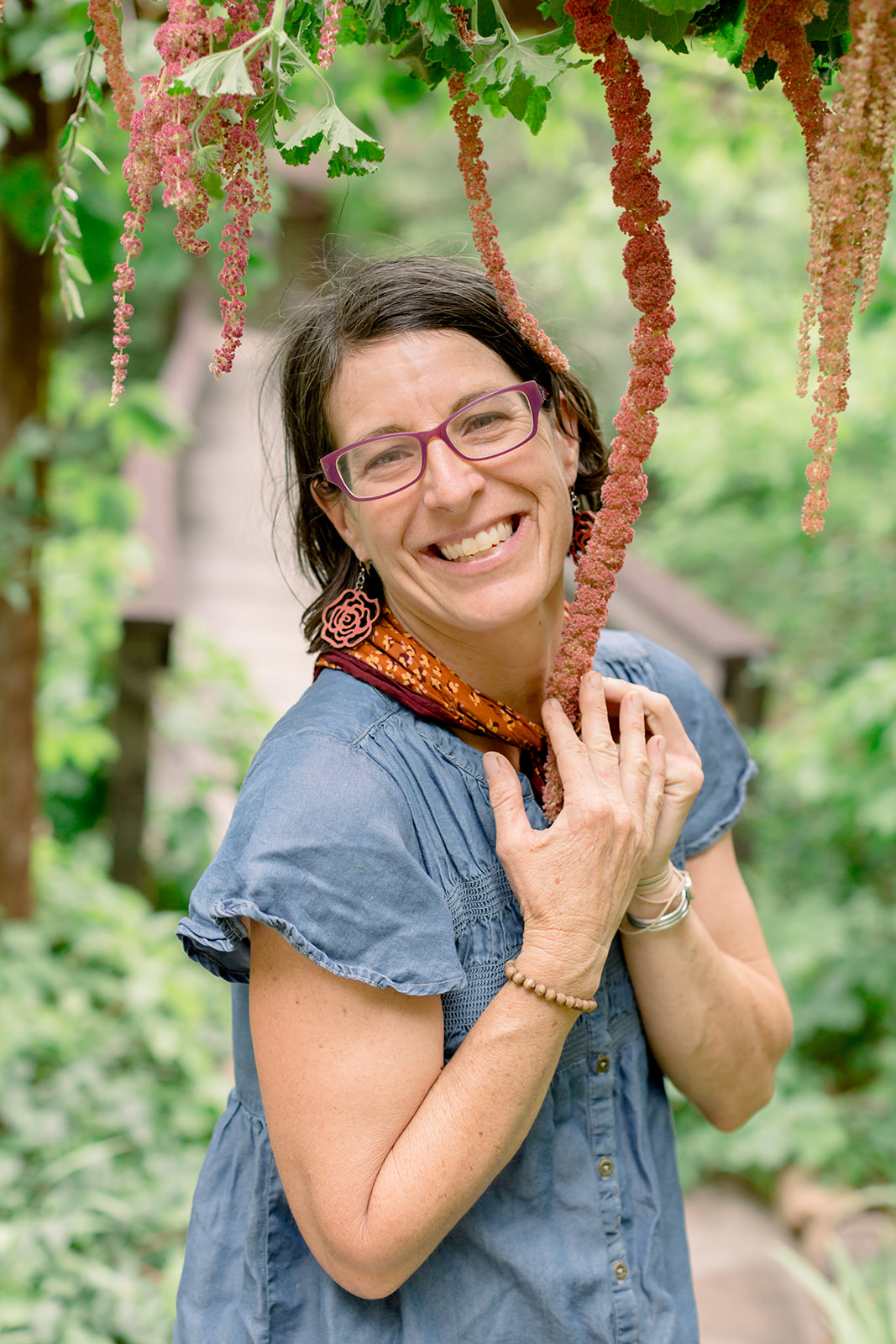 When we take walks, my dog, Juju, trots along contentedly at my heels. Then, when the moment arrives to turn around and head towards home, she throws a little dog joy fit—first prancing on two legs, then full body wiggle-wagging. On the return, she gets out front, confidently taking the lead. She does this even if we are camping or on a hike and home is only a tent or the car. Her impeccable dog memory associates return trips with a meal, a comfy bed and the solidity of her people around her. This is what puts a spring in her step.
When we take walks, my dog, Juju, trots along contentedly at my heels. Then, when the moment arrives to turn around and head towards home, she throws a little dog joy fit—first prancing on two legs, then full body wiggle-wagging. On the return, she gets out front, confidently taking the lead. She does this even if we are camping or on a hike and home is only a tent or the car. Her impeccable dog memory associates return trips with a meal, a comfy bed and the solidity of her people around her. This is what puts a spring in her step.
Flagstaff was the first place I felt at home since leaving my childhood homestead in rural Vermont. As a kid, I wandered freely in the forests and rivers around our house and found that the land nurtured my curiosity. I felt held — as if I belonged in nature even when people let me down. In my early 20’s, I gravitated toward work that was outside and in service to the natural world. Upon arriving in Flagstaff, I was attracted to the alchemy of a high desert mountain and the community around this place. This mountain town became a home I returned to after field work and river trips in the Grand Canyon and across the Colorado Plateau. Approaching Flagstaff from any direction the San Francisco Peaks seem to float like a magical blue ship on a desert sea. Held within them the comfort of shelter, food, friends and family.
I spent a recent weekend camping on the North Rim of the Grand Canyon; in a forest full of yellow-bellied Ponderosa pine trees, and where aspen leaves were transforming from green to gold. This is another place I have called home. A walk in three directions leads to a magnificent rim view of the western Grand Canyon, with side canyons winding toward the mother Colorado River. I find it hard to believe I called much of this wild place home at one time as well.
 I spent many summers on the North Rim, and it still feels like coming home when I turn onto Highway 67, with a bag of Jacob Lake cookies and a milkshake in tow. Back then, I walked the forests looking for random points to place on a map and lay out a fifty meter tape to measure what plants were growing after a fire. We mapped fire history by looking for burn scars at the base of pine trees. We cut a wedge out of the trunk to reveal the tree rings and trace the number and intervals of fire in that particular place.
I spent many summers on the North Rim, and it still feels like coming home when I turn onto Highway 67, with a bag of Jacob Lake cookies and a milkshake in tow. Back then, I walked the forests looking for random points to place on a map and lay out a fifty meter tape to measure what plants were growing after a fire. We mapped fire history by looking for burn scars at the base of pine trees. We cut a wedge out of the trunk to reveal the tree rings and trace the number and intervals of fire in that particular place.
While I studied the plants that sprang up after fires, I shared a tiny travel trailer with a smart girl who studied mountain lion kinship by hanging up pie plates to attract them to where they would leave DNA for her to test. I lived at the tip of the North Rim in a bunkhouse with filthy boys on trail crew, where we did all kinds of crazy things; like digging out rubble-strewn switchbacks after rockslides and loading gas-powered jackhammers on the backs of mules, and digging ditches within a big ditch.
I lived at Kane Ranch, at the base of the Kaibab monocline as it climbs to the North Rim, sharing a worn-down threshold of a 1870’s cabin with the ghosts of Mormon settlers and the current cowboys who run cattle up and down the forests and plateaus. I took random groups of volunteers to experience these places by looking in earnest for the smallest things—like tiny rare cacti or hidden springs. In all of these escapades, the common ground we shared was love of the place, long days exposed to natural wonder, food and campfires.
Once while traveling this highway, nearly 10 years ago, I looked at the clouds casting long shadows across the House Rock Valley and felt dread at the thought of going home to a relationship that was not working anymore. The greater sense of home I felt in this landscape gave me strength to leave and start again, trusting the compass of my heart would lead me to the right place.
I contemplate these past lives while sitting under a giant ponderosa pine tree with a lightening scar that traverses the length of the trunk to the earth. All those years allow me now to feel reverence for this tree and the resilience of the forest ecosystem to which it belongs. Beneath it, the oaks are loaded with acorns, each a small work of art ripening from green to brown. The pinyon trees have sticky, sap-laden cones, each bearing nuts within the folds. Cliffrose seeds look like tiny feathers that amplify both sun and moonlight and glow like twinkling lights in the wind. All of it fills my heart and the pages of my notebook with wondrous details.
On Sunday, we turn towards home, which is now a one-acre farm in a riparian woodland in the floodplain of Beaver Creek. Juju can recognize the turn into our driveway and whines upon arrival the way she knew we were turning onto the dirt road to Kane Ranch. What it means to turn toward home now is to be held again like I was as a child, in the wonder of nature. Here I try to live in balance with this land, with my family and to create a sense of home where we can grow, create and learn in communion with other like-minded people.
 Writing has also been the way I ground myself in a place or experience. This column, and the other writers, “Homers,” as we have called ourselves, have been companions throughout my journey to collectively illuminate a sense of home. I am grateful for all who have traveled with me by reading along over the years. I will be taking a hiatus to focus on another writing project, and wish you well.
Writing has also been the way I ground myself in a place or experience. This column, and the other writers, “Homers,” as we have called ourselves, have been companions throughout my journey to collectively illuminate a sense of home. I am grateful for all who have traveled with me by reading along over the years. I will be taking a hiatus to focus on another writing project, and wish you well.

